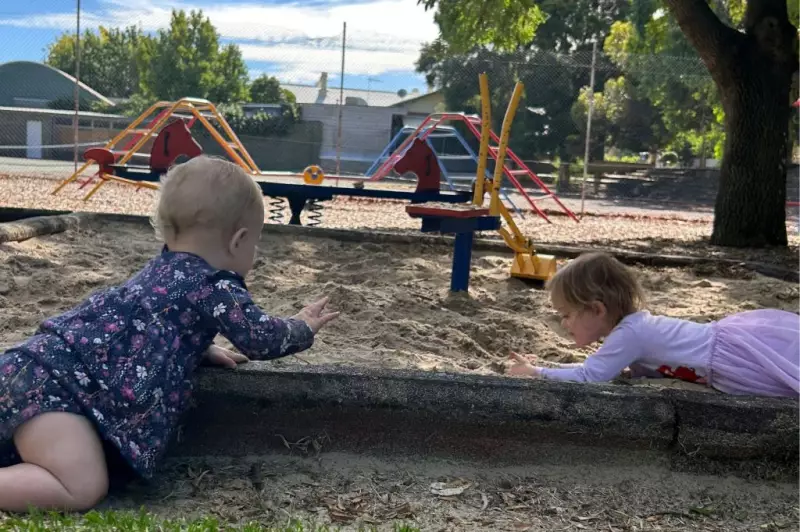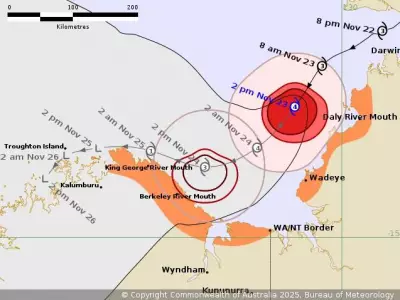
An Adelaide mother has come forward with a disturbing account of how her children unknowingly played with contaminated sand at a local playground, raising serious concerns about environmental safety standards across the city.
The Disturbing Discovery
The concerned parent, whose identity remains protected, watched her children play in what appeared to be an ordinary suburban playground. Her children handled sand later confirmed to contain dangerous levels of lead contamination. This alarming discovery came after routine testing revealed the presence of hazardous materials in the playground sand.
The mother described watching her children "dig, build, and play" with the contaminated material, completely unaware of the potential health risks. Like most parents, she assumed public playgrounds underwent regular safety inspections and met health standards. The revelation that her children had been exposed to toxic substances has left her deeply concerned about long-term health implications.
Health Risks and Community Impact
Lead exposure poses particularly severe risks to young children, whose developing bodies absorb the toxic metal more readily than adults. Health experts confirm that even low-level lead exposure can cause permanent neurological damage, learning disabilities, and behavioral problems in children. The effects may not be immediately apparent, making early detection and prevention crucial.
The contaminated sand incident has sparked broader concerns about how many other playgrounds across Adelaide might harbor similar hidden dangers. Parents are now questioning the adequacy of current inspection protocols and maintenance schedules for public recreational areas. Many are calling for more transparent reporting systems when contamination is detected.
Calling for Action and Accountability
The affected mother is using her family's experience to advocate for systemic changes in how playground safety is managed. She emphasizes that immediate testing, transparent communication, and rapid remediation should become standard practice when contamination is suspected.
Her advocacy highlights several critical needs: regular independent testing of playground materials, clear public notification systems when hazards are identified, and established protocols for immediate closure and cleanup of contaminated areas. She argues that families deserve to know exactly what steps authorities are taking to prevent similar incidents.
This incident serves as a wake-up call for communities and local governments nationwide. The mother's message is clear: no family should have to worry about toxic exposure in spaces specifically designed for children's recreation and development. Her story underscores the importance of vigilant environmental monitoring and proactive safety measures in all public spaces where children play.





